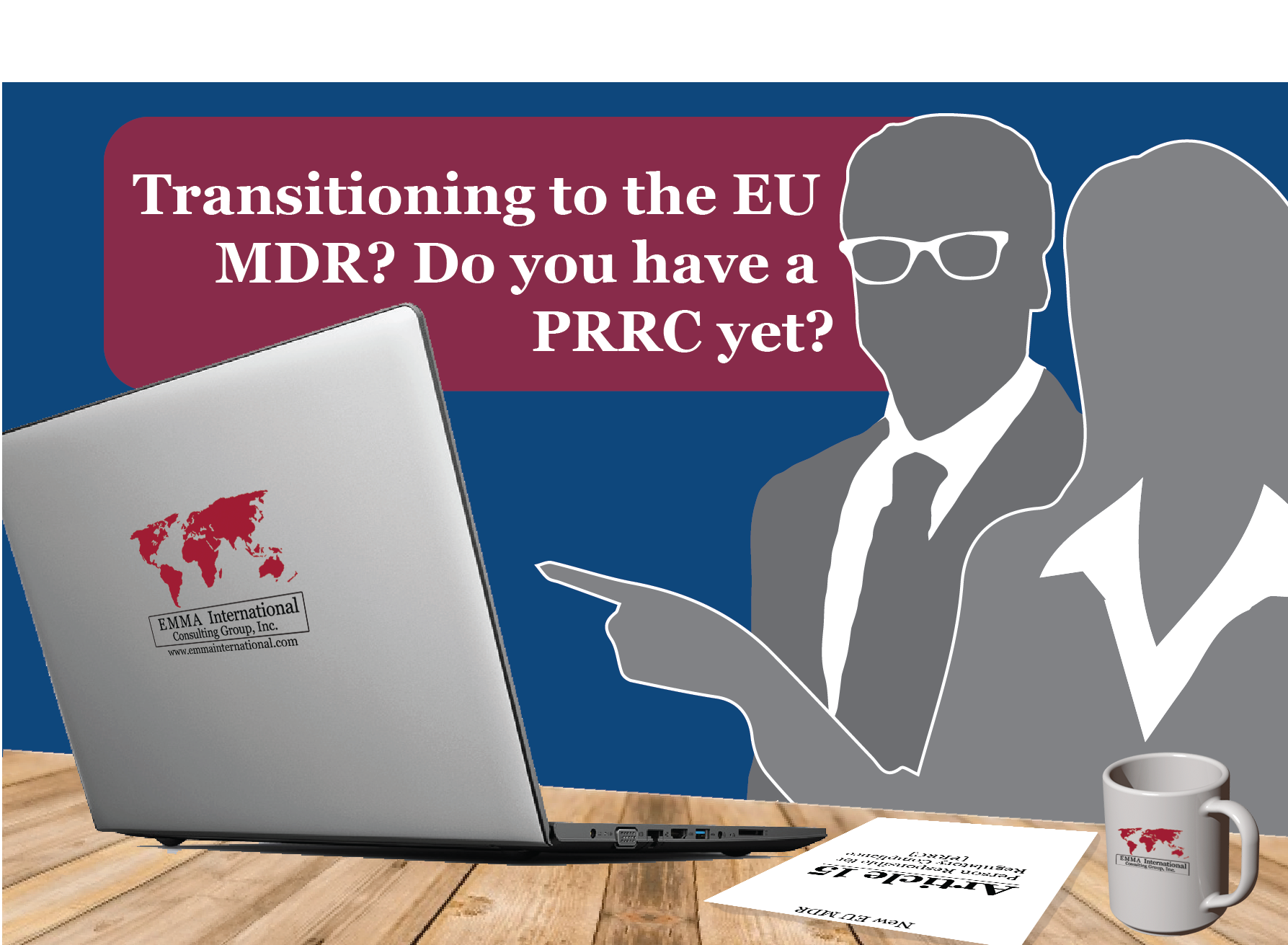The new EU MDR is set to go into effect in May 2020. The transition to the new regulations is burdensome for some companies especially because of some newly established requirements. One such requirement is to have a Person Responsible for Regulatory Compliance [PRRC] of your device.
Let’s dive deeper into who can you appoint as your PRRC and what their responsibilities are.
Article 15 of the EU MDR (2017/745) mandates medical device manufacturers to appoint a designated employee with regulatory expertise to ensure compliance with the EU MDR.1 Requirements surrounding the qualifications of this role are:
- A diploma, certificate or other evidence of formal qualification, awarded on completion of a University degree or a course of study recognized as equivalent by the Member State concerned, in law, medicine, pharmacy, engineering or another relevant scientific discipline, and,
- At least one year of professional experience in regulatory affairs or in quality management systems relating to medical devices;
Or,
- Four years of professional experience in regulatory affairs or in quality management systems relating to medical devices.
The PRRC will be responsible for the following:
- Checking for the conformance of the device to the established quality management system;
- Keeping all of the technical documentation and the European certifications up to date; and
- Performing post-market surveillance activities and reporting procedures
The mandate to appoint a PRRC also depends on the size of your organization. If your organization is not considered a micro and small enterprise within the EU recommendation 2003/361/EC, then the MDR stipulates that you should have a PRRC appointed within your organization. However, if you fall under the micro and small companies definition, then you are not required to have someone appointed to this role in your organization, but you will have to outsource someone with the required qualifications to be available ‘permanently and continuously at your disposal’ as stated in the regulations since they will have to be integrated in the quality system of your organization and will be responsible for the handling of technical documents, post-market surveillance, etc.2The regulations allow for more than one person to be designated for this role, and hence large companies can have a whole team functioning as their PRRC.
It should also be noted that the EU MDR requires that your authorized representative in the 27 EU member states have a PRRC at their disposal, who possesses sound knowledge and expertise of the EU regulatory requirements. The qualification requirements for a PRRC located at your authorized representative is the same as mentioned above.
If you need help transitioning to the new EU MDR, please give us a call at 248-987-4497 or email us at info@emmainternational.com.
1Official Journal of the European Union (April 2017) REGULATION (EU) 2017/745 OF THE EUROPEAN PARLIAMENT AND OF THE COUNCIL of 5 April 2017 on medical devices, amending Directive 2001/83/EC, Regulation (EC) No 178/2002 and Regulation (EC) No 1223/2009 and repealing Council Directives 90/385/EEC and 93/42/EEC retrieved on 1/30/2019 from https://eur-lex.europa.eu/legal-content/EN/TXT/PDF/?uri=CELEX:32017R0745&from=EN
2Oriel STAT A MATRIX (November 2018) What Is the New EU PRRC (Person Responsible for Regulatory Compliance) Role? Retrieved on 01/30/2019 from https://www.orielstat.com/blog/eu-prrc-person-responsible-regulatory-compliance/






